In the first scientific study of its kind, Basque researchers are examining brain functions of bertsolariak to better understand how they quickly belt out improvised verses.
Researchers at the Basque Center on Cognition, Brain and Language are conducting a one-year study to try to answer a key question about bertsolariak from a scientific perspective: How is it possible to compose complex verses in a matter of seconds?
The center, based in Donostia, is working with 18 top bertsolariak including Andoni Egaña, Maialen Lujanbio, Amets Arzallus and Miren Amuriza.
“The latest advances in cognitive neuroscience make it possible, for the first time, for science to tackle this ancient art of bertsos,” the center said in a statement.
RELATED EUSKAL KAZETA REPORTS:
Basque Bertsolaritza in South San Francisco
Basque Filmmaker Produces Bertsolaritza Documentary
The art of singing extemporaneous songs is known as Bertsolaritza in the Basque language of Euskera. The tradition dates back hundreds of years to the villages and hamlets of the Basque Country.
Bertsos, as the compositions are known, are sung by a bertsolari (bertsolariak are plural). These competitors face off at festivals or among friends in a battle of improvised lyrics. Each is given a topic, which can be anything from life on the farm to friendship or family. One by one, the singers belt out their spontaneous poetry.
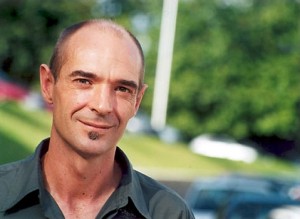
During the research project, the bertsolariak will undergo behavioral tests with a computer and be subjected to magnetic resonance, which is an imaging technique that will enable researchers to visualize brain patterns. The same tests will be administered to Basque-speaking persons who are not bertsolariak and to students from bertso-eskolas, the schools where the art of verse-making is taught.
“In this way, scientists will be able to contrast how, for each group, the process of storage and recovery of information in the brain is carried out, which will provide clues about how the bertsolaris have developed their special skills for this art,” the research center said. “This could also, in the future, give rise to the development of training tools, not only for bertsolaris, but also for any person who wishes to enhance their verbal fluidity.”
The idea for the research was spawned last year during filming of of the documentary “Bertsolari,” by Basque filmmaker Asier Altuna. During the production of Altuna’s film, Center Director Manuel Carreiras and lead researcher Kepa Paz-Alonso heard Egaña belt out powerful verses in the filming and decided to launch their research project.
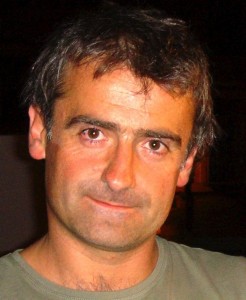
Altuna was in South San Francisco in March 2010 with his crew to shoot footage of Egaña and Lujanbio, who performed at the San Francisco Basque Club’s “Bertso Jaialdi.” The extravaganza also featured the four active bertsolariak in the United States. At the time, Egaña had captured four world titles and Lujanbio had recently become the first woman to win the coveted txapela, or championship, of the Basque bertsolari competition.
Altuna said the experience of seeing grown men and women in tears after bertsolariak performed inspired him to produce the documentary.
“Very rarely, especially with the men, do we cry in this country, even less so when we are in public,” Altuna told Euskal Kazeta.
“Sometimes we cry at a movie,” Altuna added. “But we always cry at the end of a bertsolaritza. I think this is a good reason to dedicate my time to the project.”
Scientists at the center say they are looking forward to the results of the bertsolaritza research as the project progresses.
“The experts in cognitive neuroscience at BCBL believe that this research project can contribute highly interesting scientific material that throws light on the mechanisms used by the brain to carry out complex functions linked to the production of language,” the center said. “It would seem that science has opened a gold mine in the world of the bertso.”
Below: Kepa Paz-Alonso, the lead researcher on the bertsolari project, talks about the effort:
Producción lingüística y bertsolaris // Bertsolarien hizkuntz ahalmena from BCBL on Vimeo.
First published Feb. 01, 2012


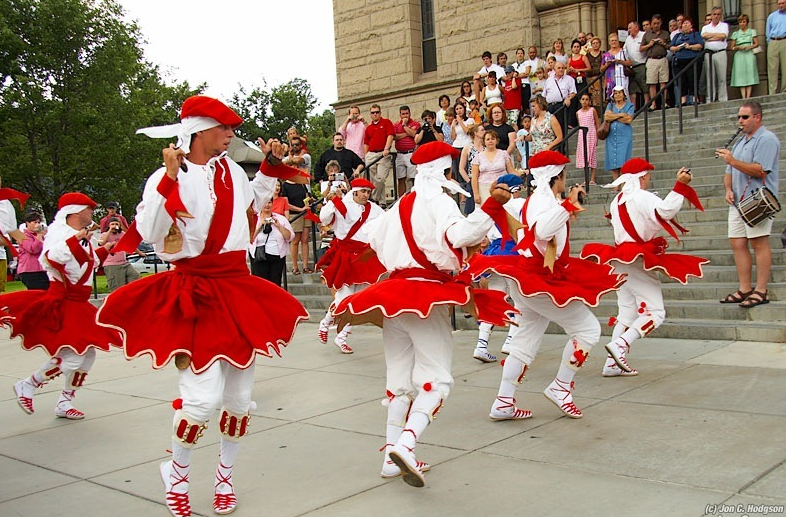
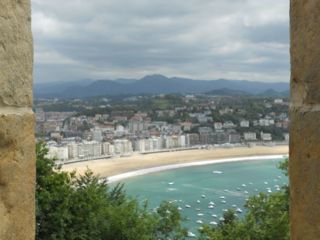




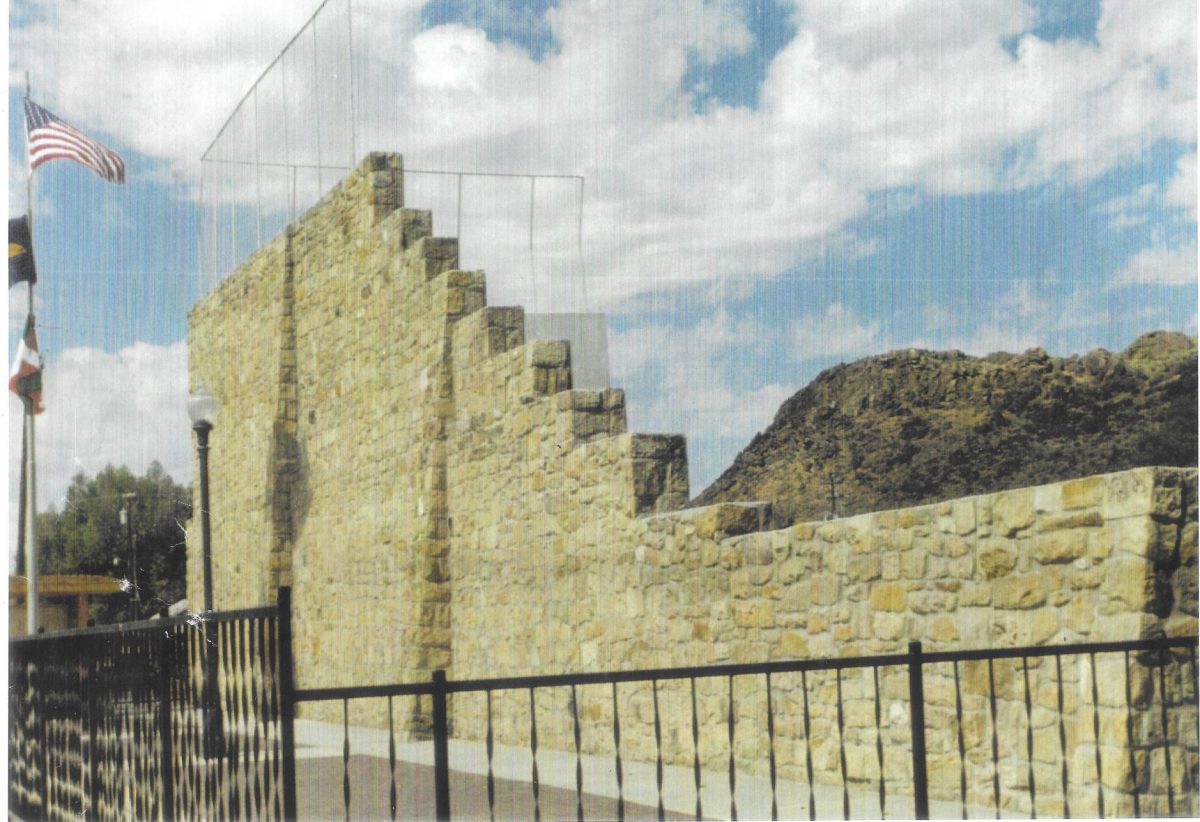
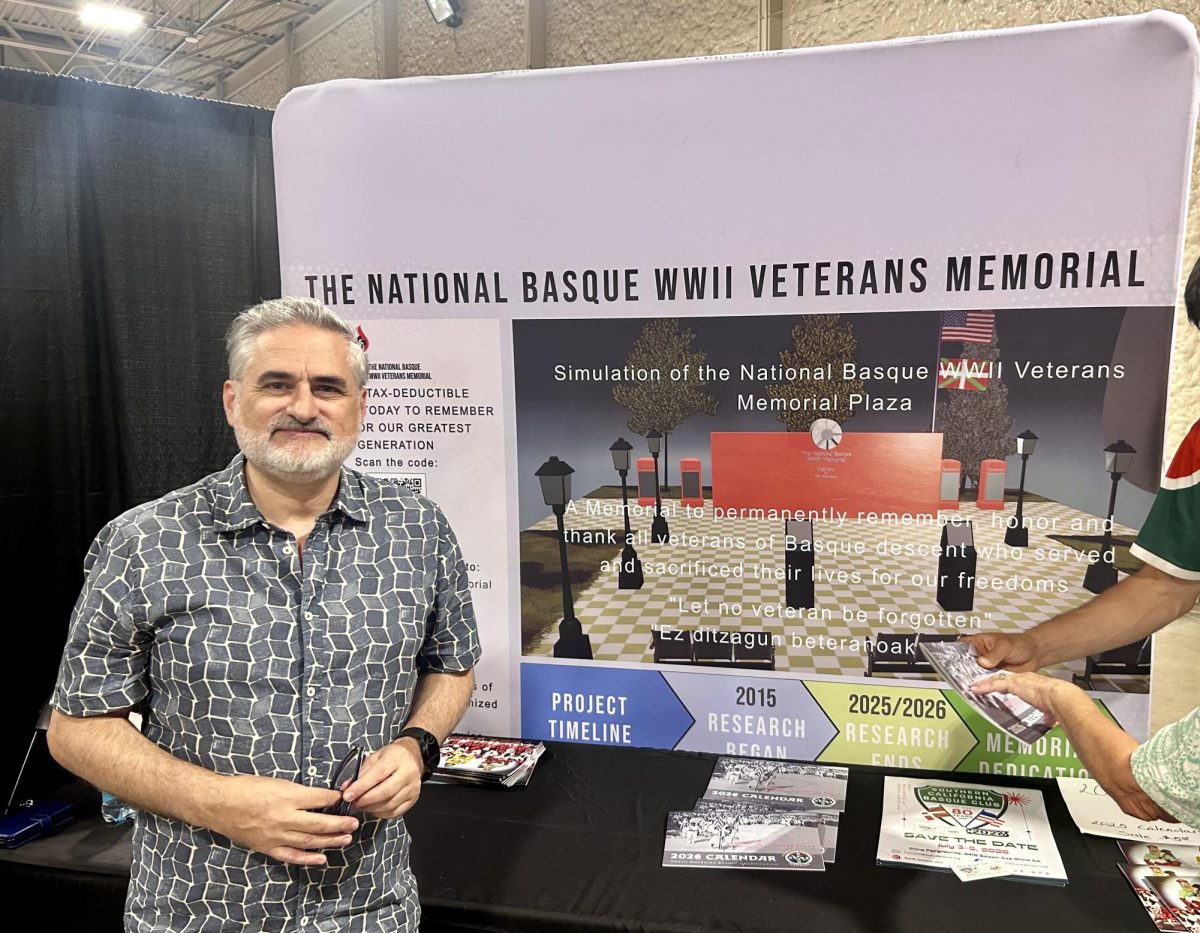
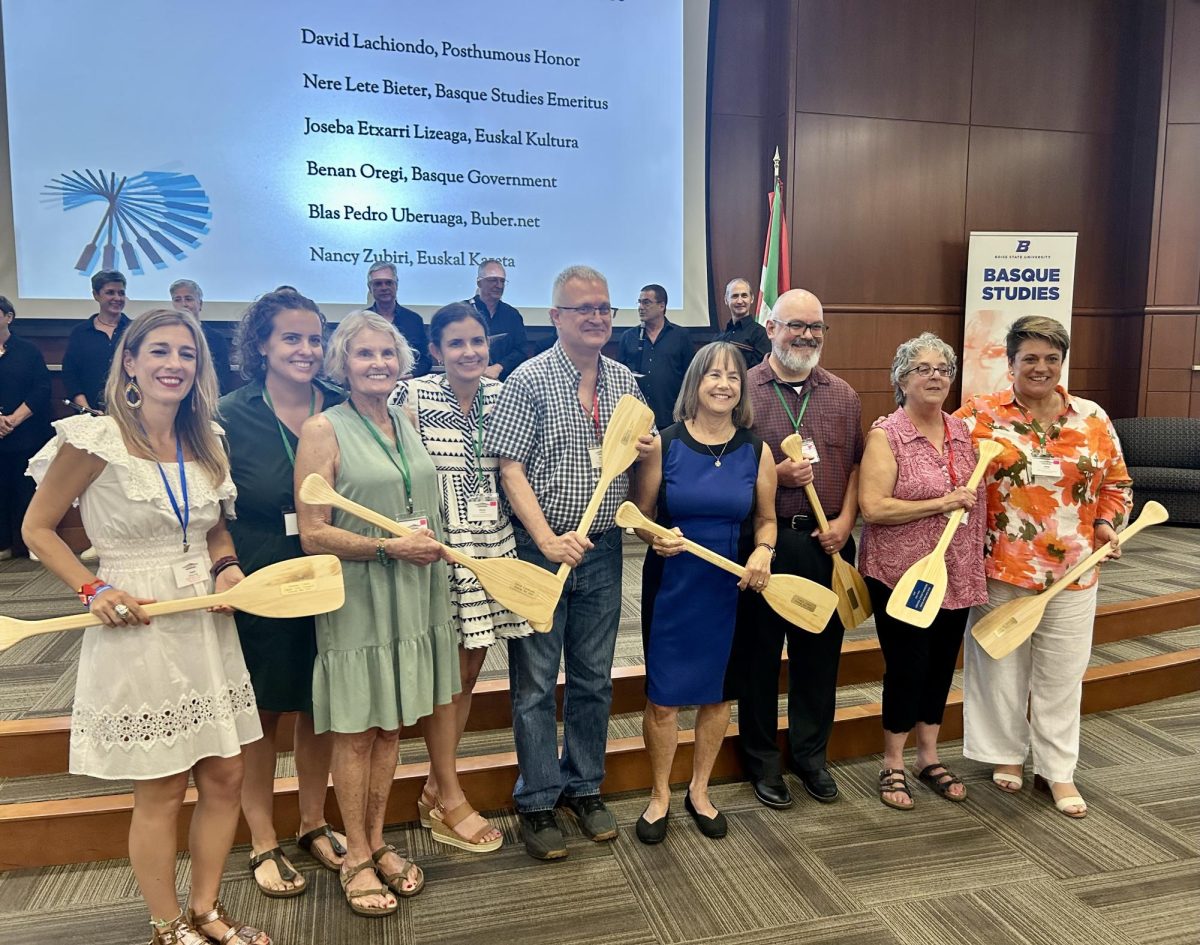
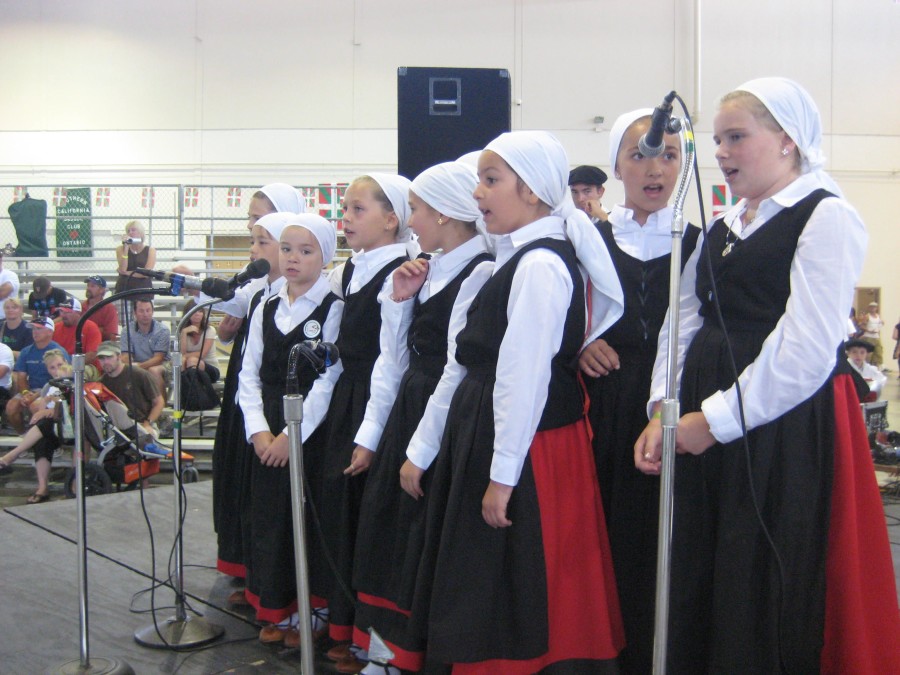

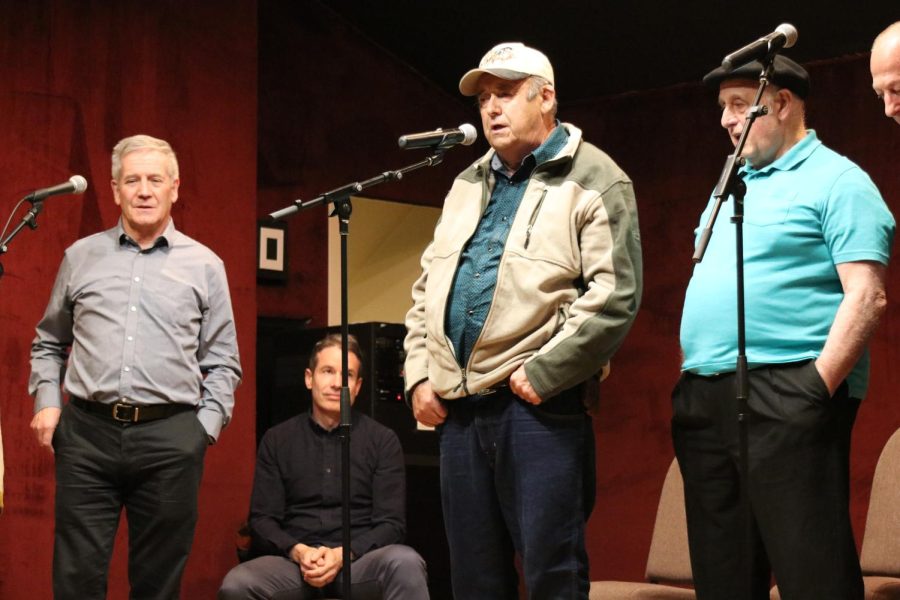
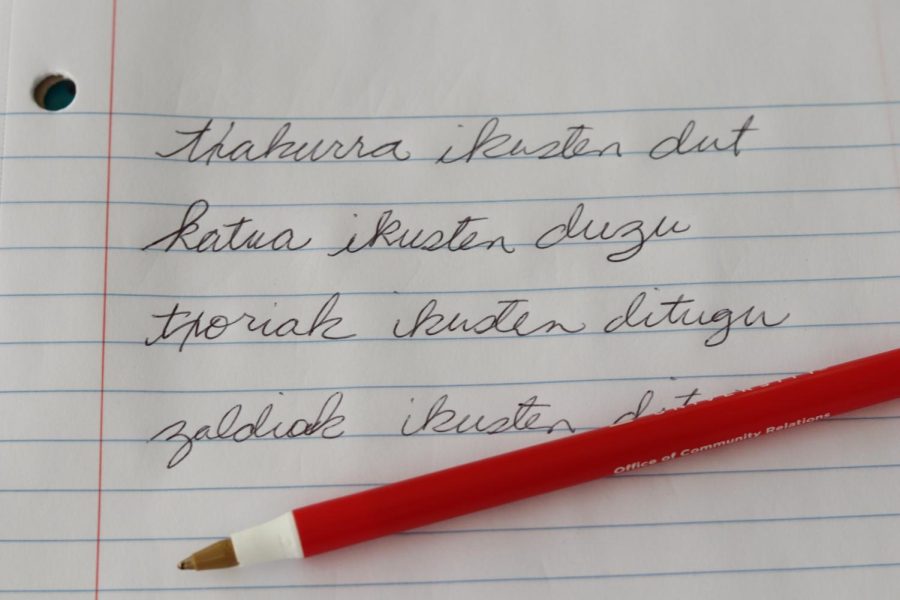

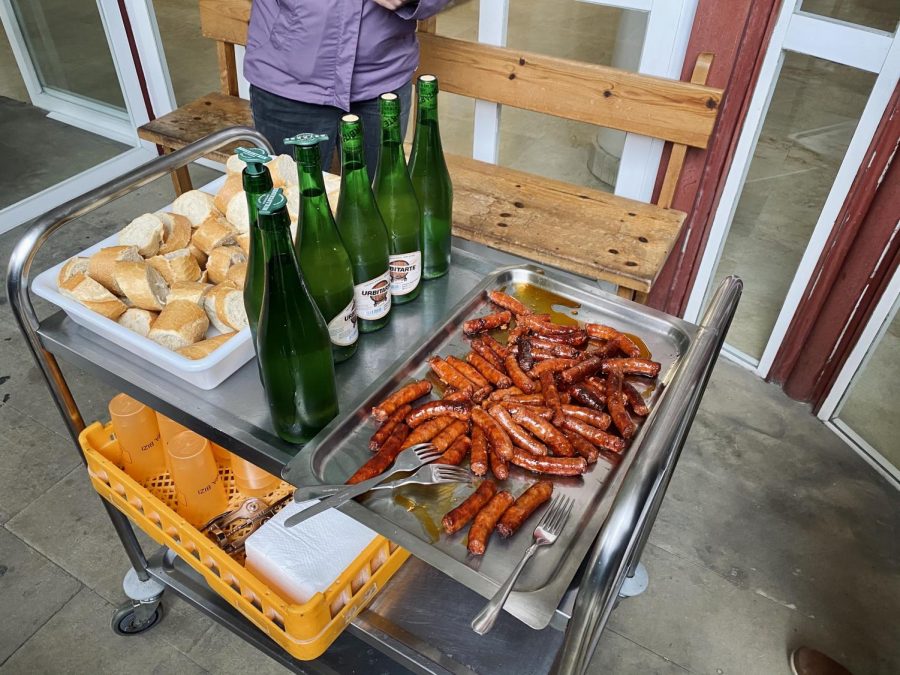


Frank Lostaunau • Jul 18, 2012 at 6:48 pm
Correction: Maialen and Andoni are GODDESS intoxicated!
I’m not curious about what makes the bertsolariak tick. I love to observe their moments of silence, their eyes, their bodies. Their faces have an away look, they are healing angels.
I would greatly appreciate reading more about the various bertsolariak and the responses of the listeners. It’s so moving to watch the audience in trance, everybody is praying. That’s why everybody loves them!
Frank Lostaunau • Jul 18, 2012 at 11:23 am
andoni and maialen are God intoxicated…everybody loves them!
Frank Lostaunau • Jul 18, 2012 at 10:42 am
I watched the video of Maialen Lujanbio win for the first time…Andoni was so gracious…my hero!
“…all things I then forgot…my cheek on him who for my coming came…all ceased and I was not…leaving my cares and shame among the lillies…and forgetting them…” St. John of the Cross
When the giant umbrella was placed on her head…it flapped and she flew…everybody was crying!
VIVA MAIALEN! VIVA!